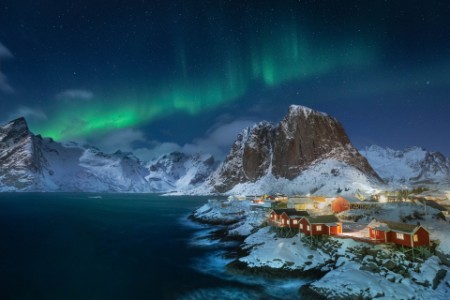The salmon industry continues to grow steadily
The salmonoid industry is still going strong, and the fact that it managed to grow despite COVID-19 is a clear indicator of an underlying growth trend. We expect this trend to continue in 2022, supported by very strong global demand drivers.
The year 2021 was a record year for the salmon industry in terms of harvest volumes. The harvest volumes as of October 2021 were also, 12% higher than that at the same the year before.
Salmon and trout constitute a marginal volume of global seafood production. Hence small shifts or changes in underlying drives of consumption will form a solid basis for both demand and price of the produce.
Land-based fish farming increases in relevance
An increasing number of large-scale land-based projects have managed to raise sufficient capital and start the construction phase. Despite the progress, there are still challenges that these first movers must overcome – the industry is experiencing that things take time, challenging investor confidence. We still believe that we will see increasing salmon production volumes from land-based facilities in the years to come, but it is still uncertain at what pace this will be.
Seaweed cultivation sees significant potential
Norwegian seaweed cultivation experienced rapid growth in 2020. Norwegian seaweed farmers are clear that volumes can quite easily be increased by utilizing more of the current licenses.
However, the industry is still characterized by unstandardized production technologies and low volumes. Farmers are waiting for the market to demand more Norwegian seaweed, whereas the market is waiting for farmers to produce larger and more stable volumes.
The impact of climate change becomes more pronounced
The rise in sea surface temperatures, oxygen depletion, ocean acidification, coral bleaching and rising sea levels are only a few of the factors influencing the aquaculture industry today.
In earlier editions of our report, we have shared thoughts on sustainability within the aquaculture sector. In this year’s edition of the report, we take a look at the potential impact of climate on the global aquaculture industry.
We observe growing consciousness and awareness within the aquaculture value chain about sustainability and preventive health. This awareness affects the whole value chain and not just farming.


